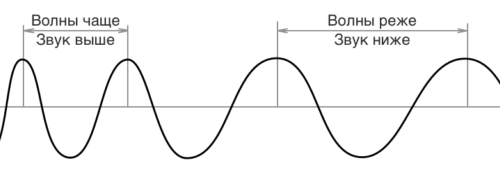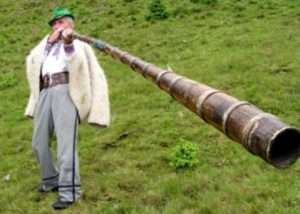Types of Drumsticks
Contents
This article is dedicated to telling what types of types of drumsticks, as well as what the markings of sticks mean, and how to choose the right sticks for a particular installation. The type of drumsticks you use will affect the sound, speed, and overall comfort of your playing.
Types of drumsticks differ in head types (which, in turn, also vary in several parameters), material, application and thickness. Next we will look at each of these classifications.
Types of drumsticks by type of head: shape and material of manufacture
It is customary to distinguish four main types: cylindrical, round, pointed and teardrop-shaped. The size and shape of the head determines the duration of the sound, its volume and intensity.
1) Barreltip heads provide a diffused and open sound due to the large contact area with the surface of the drum.
2) Round heads (Balltip) level out differences in sound when struck at different angles and concentrate the sound, which is especially useful when playing cymbals.
3) Pointedortriangletip heads produce a medium focused sound and are probably the most popular for this reason.
4) Teardroptip heads are similar in appearance to pointed ones. Thanks to their convex shape, they allow you to control the sound and the area of contact with the plastic by changing the angle of the stick.
Heads can be made of wood or nylon. Nylon produces a clear, distinct sound and is virtually indestructible. One of the disadvantages can be noted in their relatively high price. Wood gives a soft and warm sound; The disadvantage of wooden heads is wearability.
Types of drumsticks by material: which drumsticks are better – wooden or artificial materials?
The most popular types of wood for making sticks are maple, oak and hickory (light walnut).
1) Maple sticks are light and well suited for quiet and fast playing. They break and wear out quite quickly.
2) Hickory is denser than maple; Hickory sticks are harder and more durable. They have the ability to dampen vibrations that are transmitted to the hands during impacts.
3) Oak sticks are the strongest of the wooden ones; they are the heaviest and densest. Oak is used relatively rarely for making sticks.
Man-made materials for sticks are mainly aluminum and polyurethane. They are the most durable and often have the ability to replace individual parts.
Marking of drumsticks.
The sticks are marked with letters and numbers (2B, 5A, etc.), where the number indicates the thickness (the lower the number, the thicker the stick), and the letter indicates the area of application. Below is the most common marking scheme.
- The “A” models were intended for musicians who performed big band dance music. They have relatively small heads and thin necks and produce a soft sound (suitable for blues and jazz). The “A” model is the most popular among modern drummers.
- Model “B” was originally intended for symphony and brass bands. They “sound” louder than “A” and are used in heavy music. They are also recommended for beginning drummers.
- Model “S” was intended for city marching bands, where greater impact force and loudness of performance are required. Model “S” sticks are the largest and are almost never used when playing drums.
- The letter “N” indicates that the stick has a nylon head. It is added at the end of the marking (for example, “3B N”).
As you can see, when choosing drumsticks it is worth considering a large number of nuances. Now you know everything about the main types of drumsticks and can be guided by this knowledge. If you choose your sticks well, your sense of rhythm will simply “revel in pleasure” every time you touch the drum kit.



